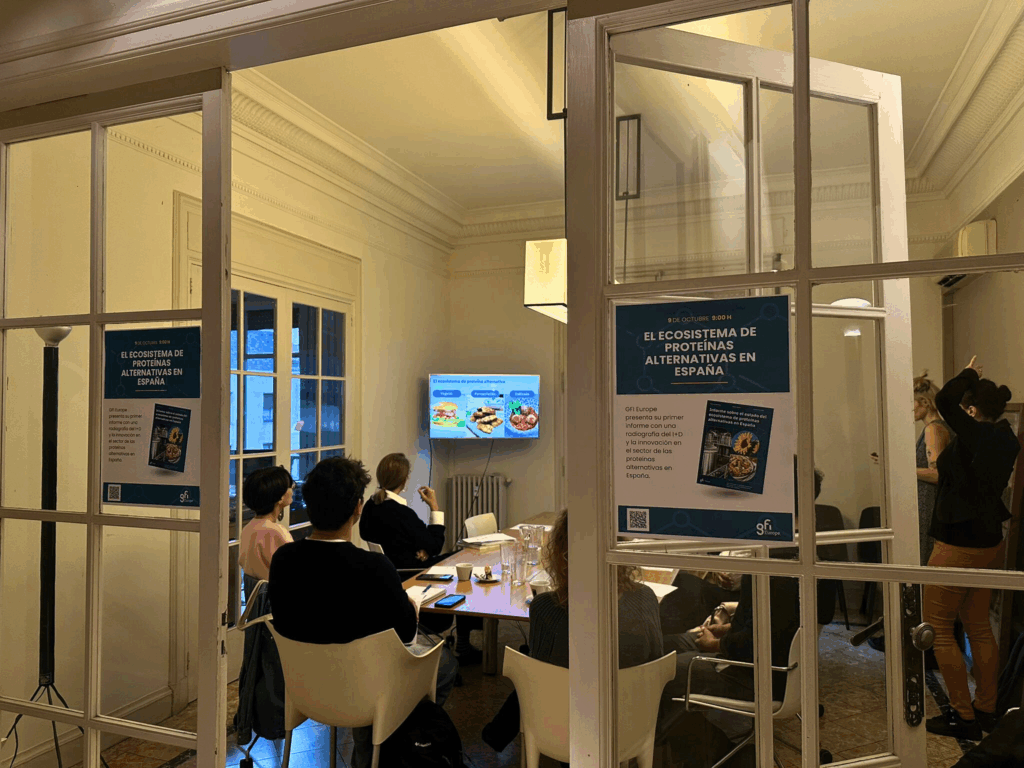Alternative proteins in Spain: progress, challenges, and opportunities in a growing sector
Our recent report takes an in-depth look at the achievements to date and the challenges ahead for Spain to consolidate its position as the leading hub in southern Europe in the alternative protein sector.
Este artículo también está disponible en español.

Spain has historically been an agricultural powerhouse in Europe, and has one of the highest conventional meat and fish per capita consumption rates in the continent. However, it also has a long standing culinary tradition linked to the healthy Mediterranean diet. Tradition and innovation have always been intertwined in the way Spain has understood food. This report tries to showcase how that is translating into one of the most promising alternative protein ecosystems in Southern Europe.
Why this report?
According to OECD and FAO figures, global demand for protein is expected to increase by up to 70% by 2050, mainly due to rising incomes in the Asia-Pacific and African economies, but also to consolidating demand in other regions such as Europe. Given this scenario, conventional production methods—which are highly intensive in terms of water, soil, and other natural resources—are not sustainable. To meet growing demand without exceeding climate and environmental planetary boundaries it is essential to rethink the way we produce protein.
By making meat, seafood, eggs and dairy from plants, growing them from cells or obtaining them through fermentation, we can tackle some of the most pressing challenges facing Spain, Europe and the rest of the world. After all, Spain is also one of the world’s largest producers and exporters of conventional protein, so tackling the way protein is produced in Spain could potentially have a significant impact on European and global value chains. Furthermore, according to a recent analysis, an increase in the production of alternative proteins in Spain could completely eliminate the country’s dependence on agricultural land abroad for food imports, allowing for a more efficient, more sustainable land use model.
Despite its relevance to the priority objectives of public administrations—such as sustainability, food security, and economic resilience—knowledge about the development of the sector in Spain remains limited.
This report was created with the aim of highlighting the progress made so far, recognizing the role of Spanish researchers and entrepreneurs, and offering specific recommendations for public officials.
On October 9, GFI Europe presented this report on the state of the alternative protein ecosystem in Spain in Barcelona to share its main conclusions, highlight the work of key players in the Spanish ecosystem, and promote dialogue between science, industry, and government.

Explore the complete report (in Spanish) as well as summaries in English and Spanish below.
